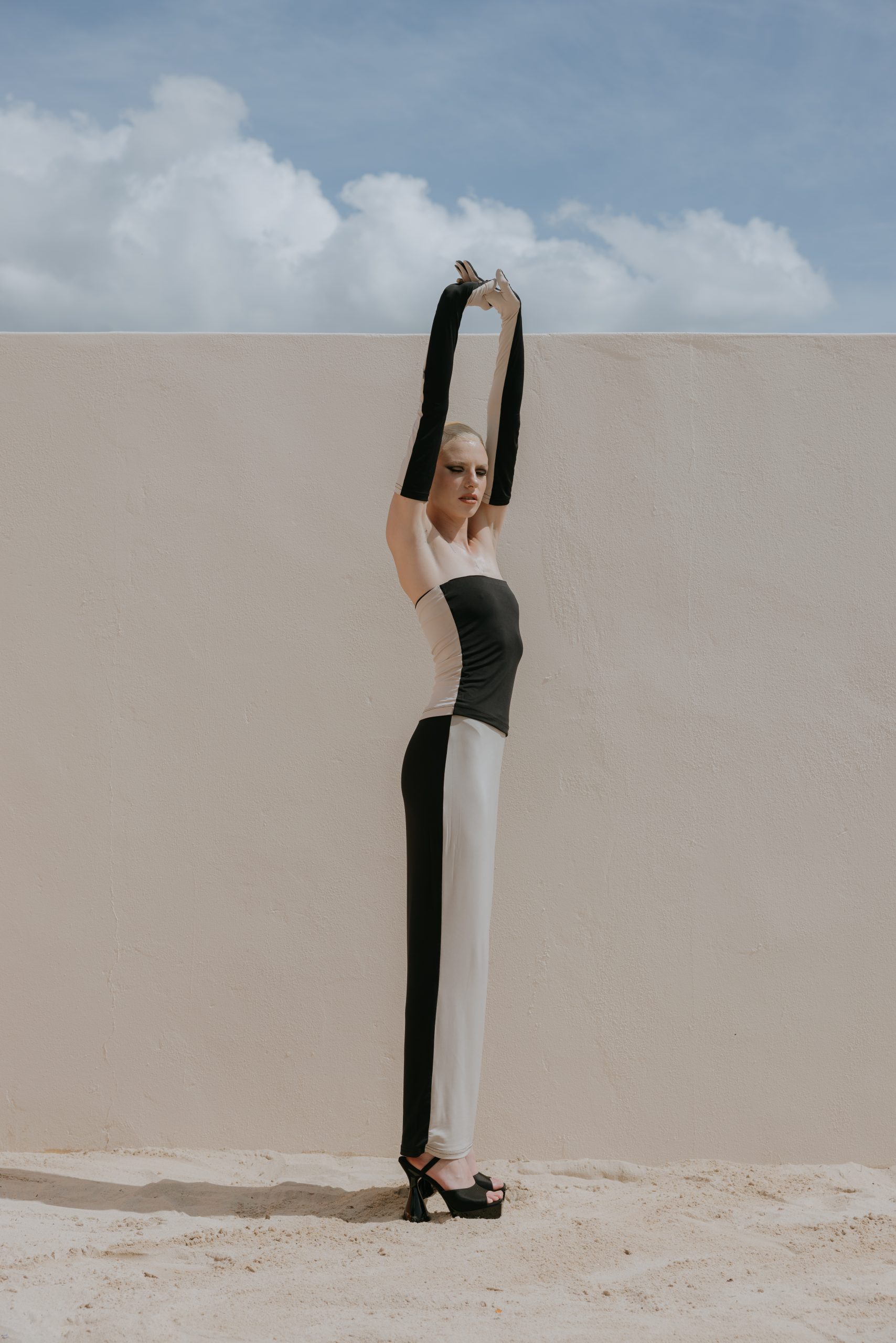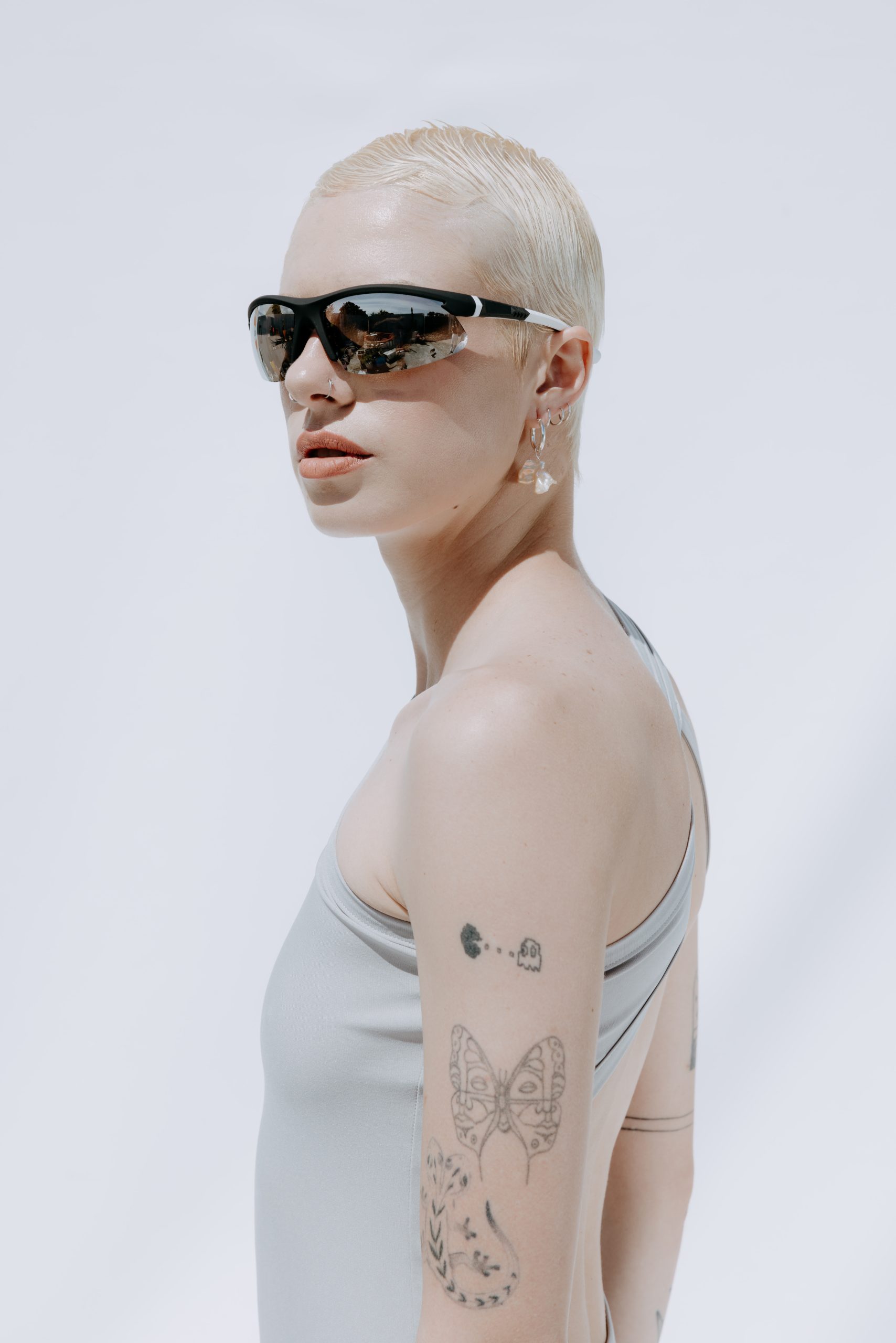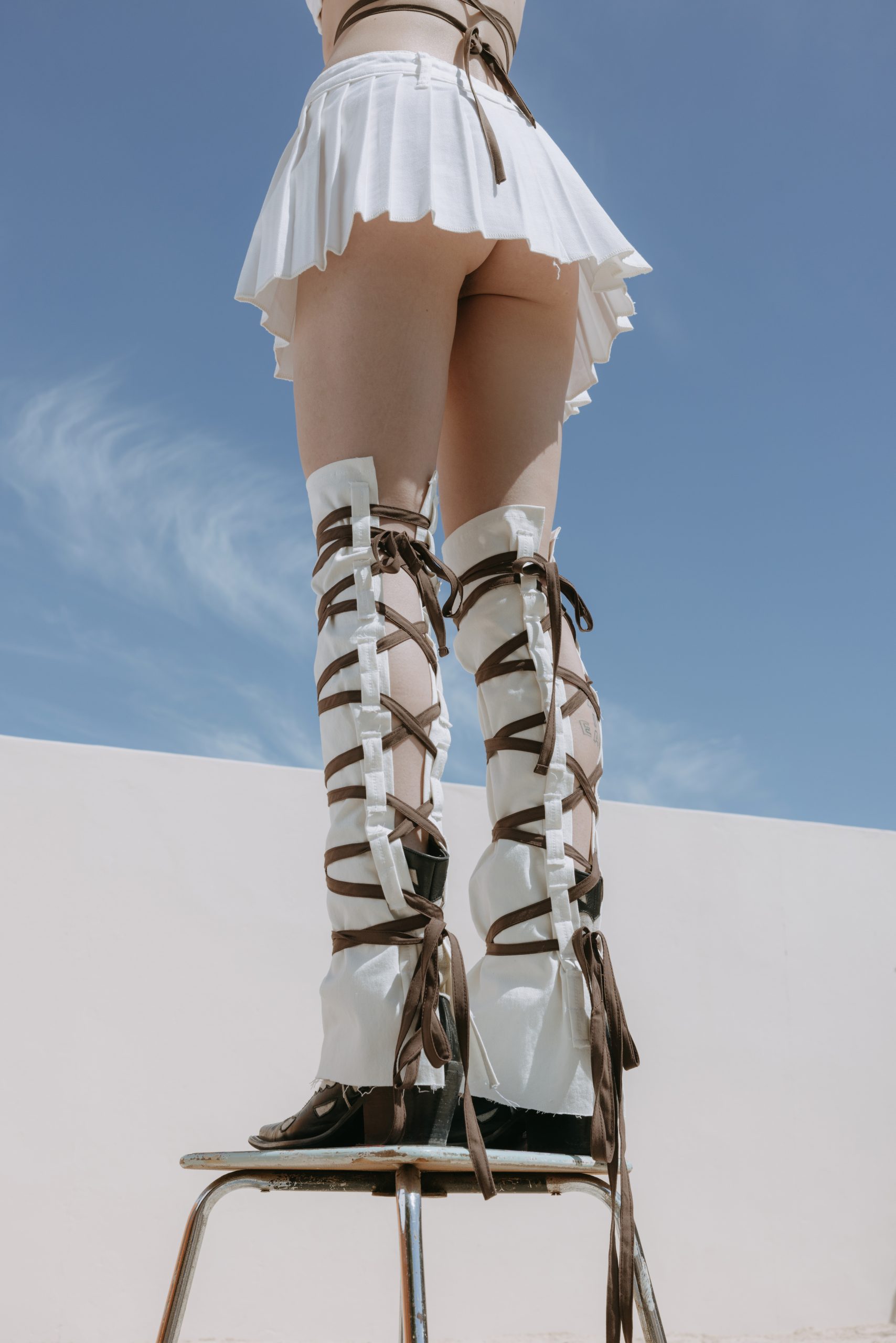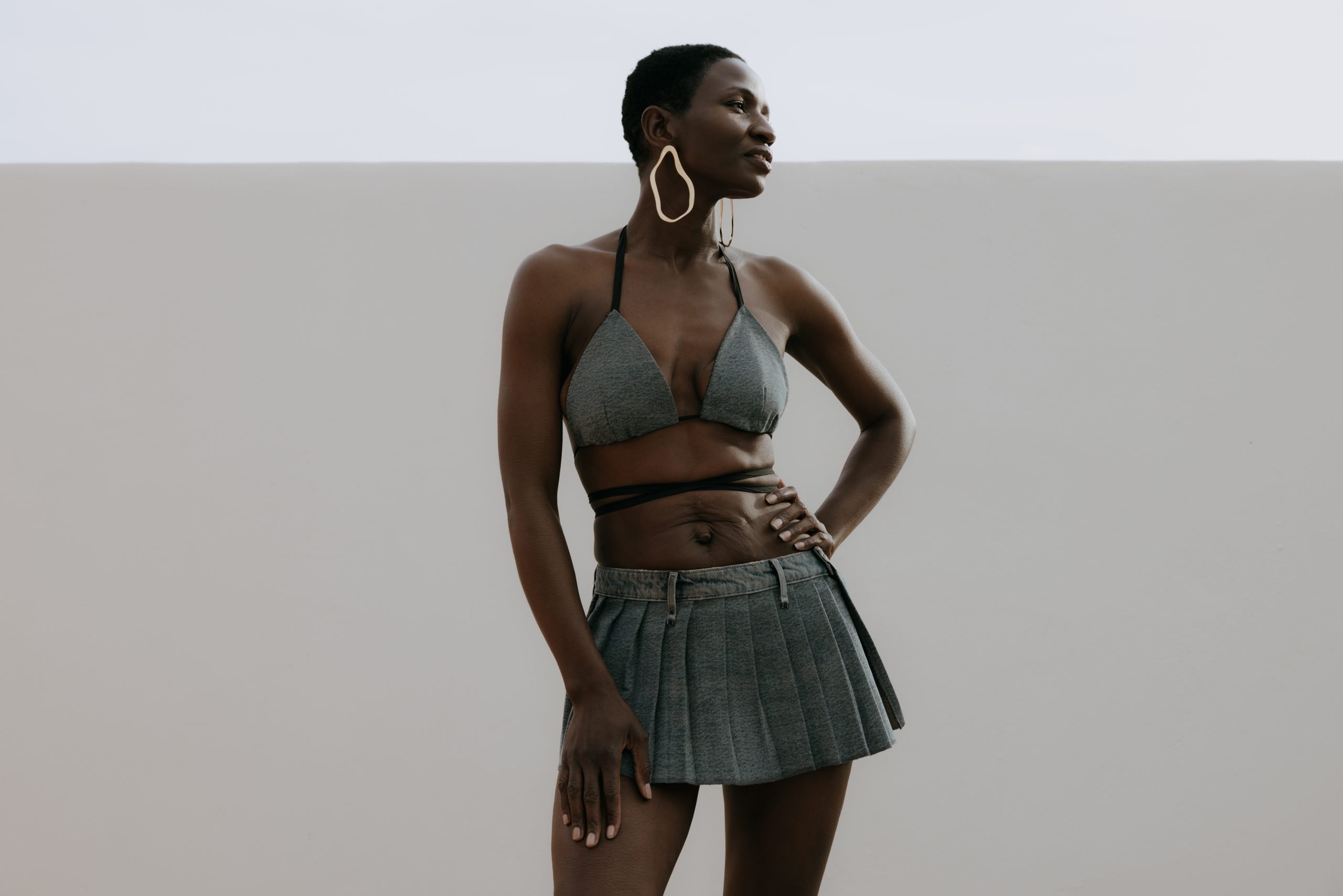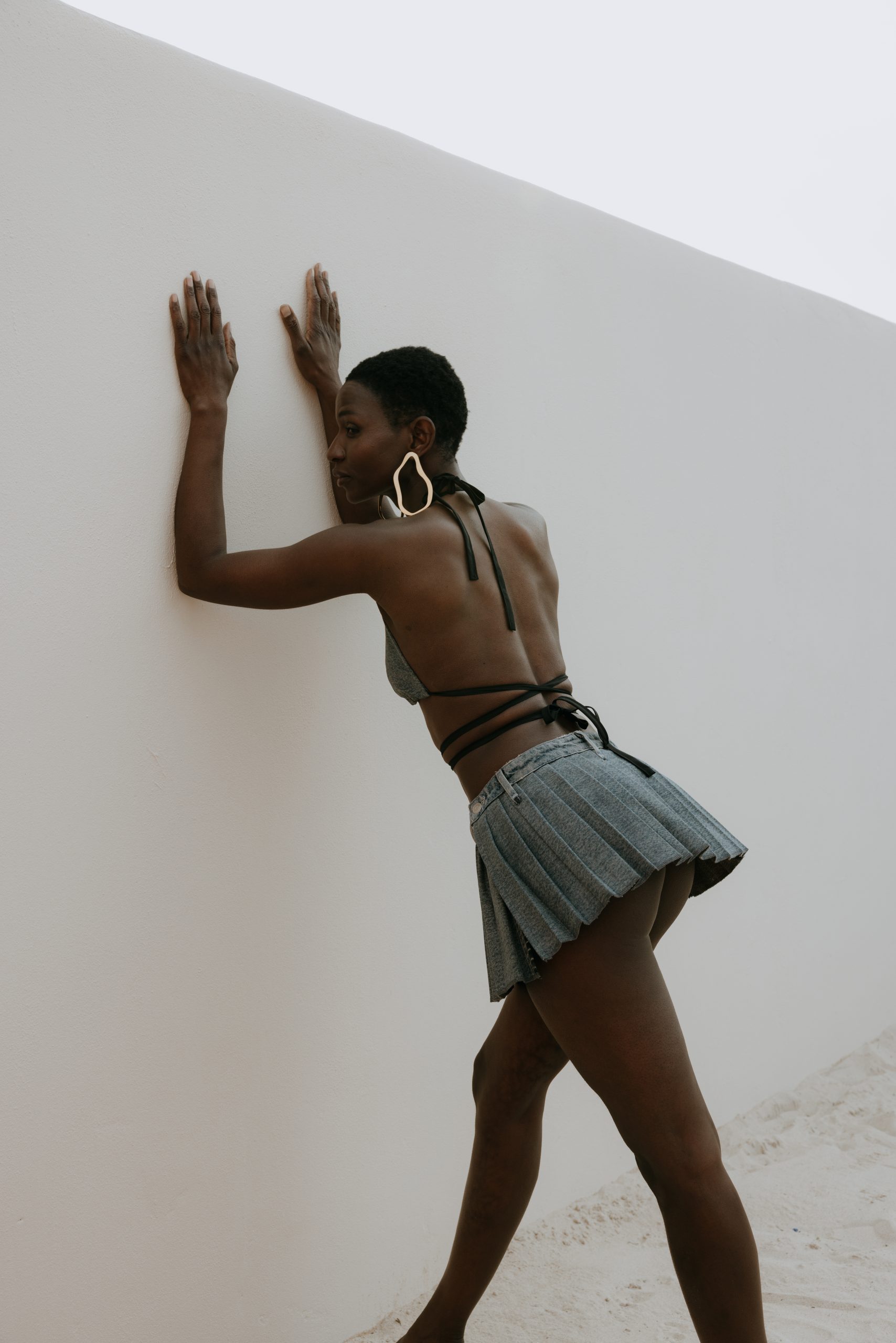Alexa Schempers grew up with a mother who was a fashion designer and she would read every fashion magazine she could get her hands on. Fashion is in her blood and by the time she was a teenager, she knew that not only would it be a career path, but it would also be her calling.
Schempers went to study in Amsterdam to obtain her Masters in Fashion Enterprise and a year into the programme; she began laying the groundwork for her clothing label, Rethread. The brand was officially launched in 2019 and since its launch; it has become synonymous with the ability to marry modern and cutting-edge fashions with sustainability.
Schempers talks to Bubblegum Club about the knots and bolts behind managing a brand with sustainability at the core of the business.
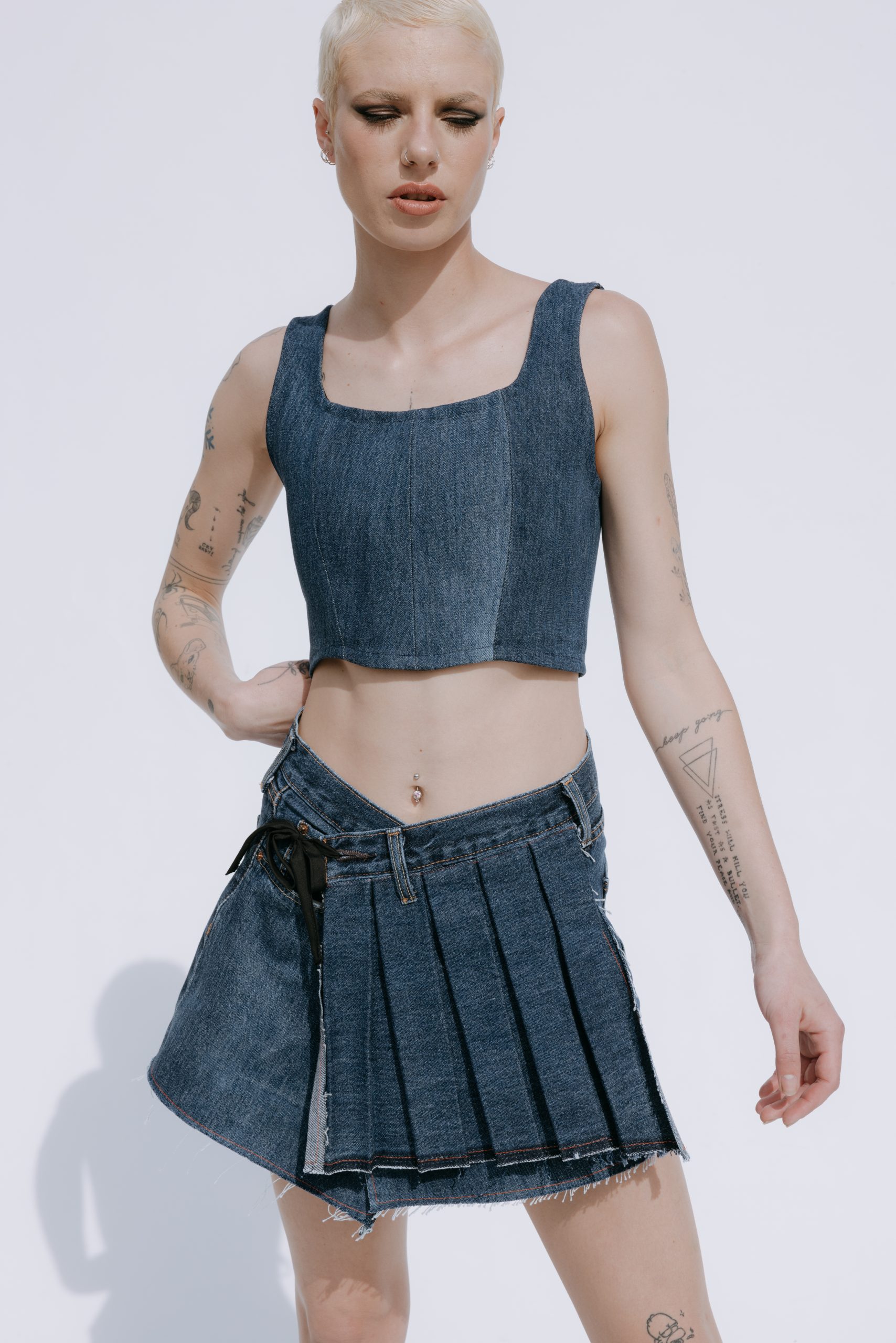
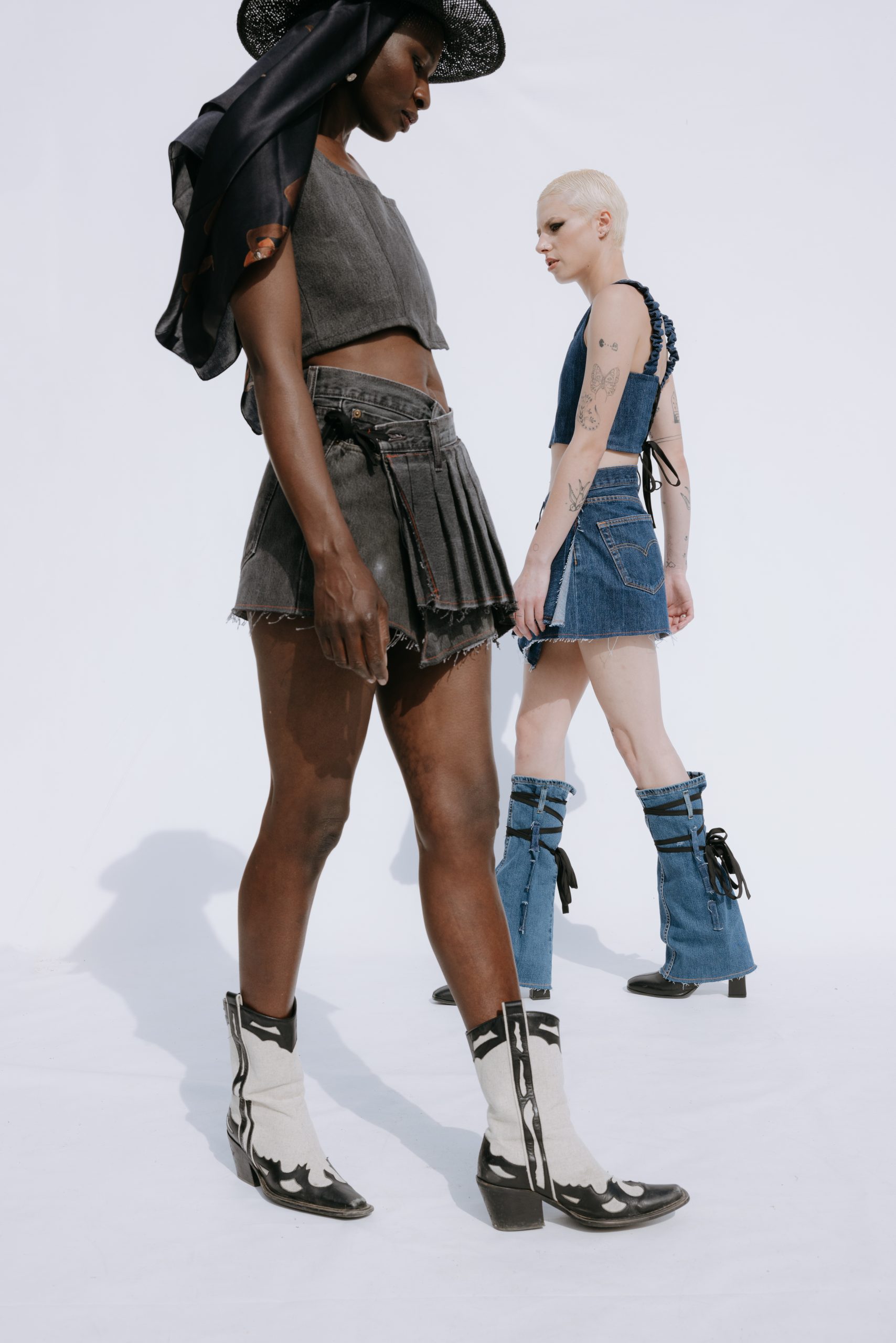
Unlike a lot of brands that usually incorporate sustainability, your brand is cemented in sustainability. What was the motivation for that?
Alexa Schempers: I’ve always really loved fashion and experimenting with clothing. When I went to study fashion, one of our subjects was sustainability. I learned about how our behaviour as consumers and the ways companies operate can have an impact [on the environment].
Then when I started looking around for sustainable brands, I felt like none of them had products that spoke to my style. That’s where I felt like I could breach the gap, specifically in South Africa, where I could make clothing that is fashion-forward and still cool, but obviously, it has sustainability at the core of the business.
So could you just walk me through the process of creating the most current collection?
Alexa Schempers: So I have two different processes. For the new pieces, it’s more of a traditional process where we do some trend analysis to gather inspiration and then I would sketch out the design. We get them digitalized and then we go through a pattern-making and sampling process.
On the other side, the upcycling process is more interesting to me. I don’t really come from a design background so like everything I’ve done so far has been like an evolution of learning what’s possible. A lot of our pieces in the new collection are a better version of what we were doing before because we’ll add new details or find a new design all based on tactics and techniques that we’ve kind of mastered in the collection before. And I think that’s why the aesthetic evolves and becomes more refined.
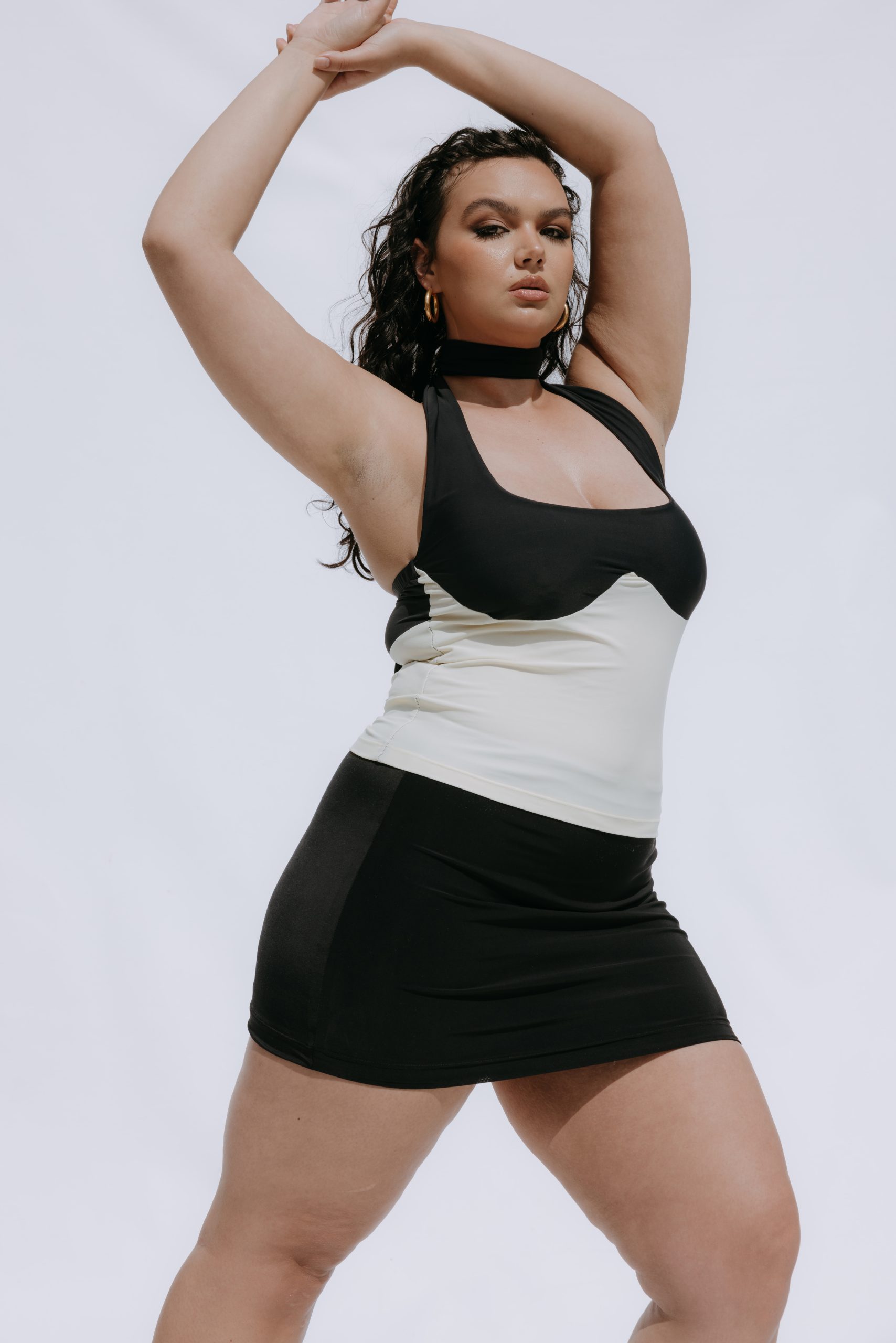

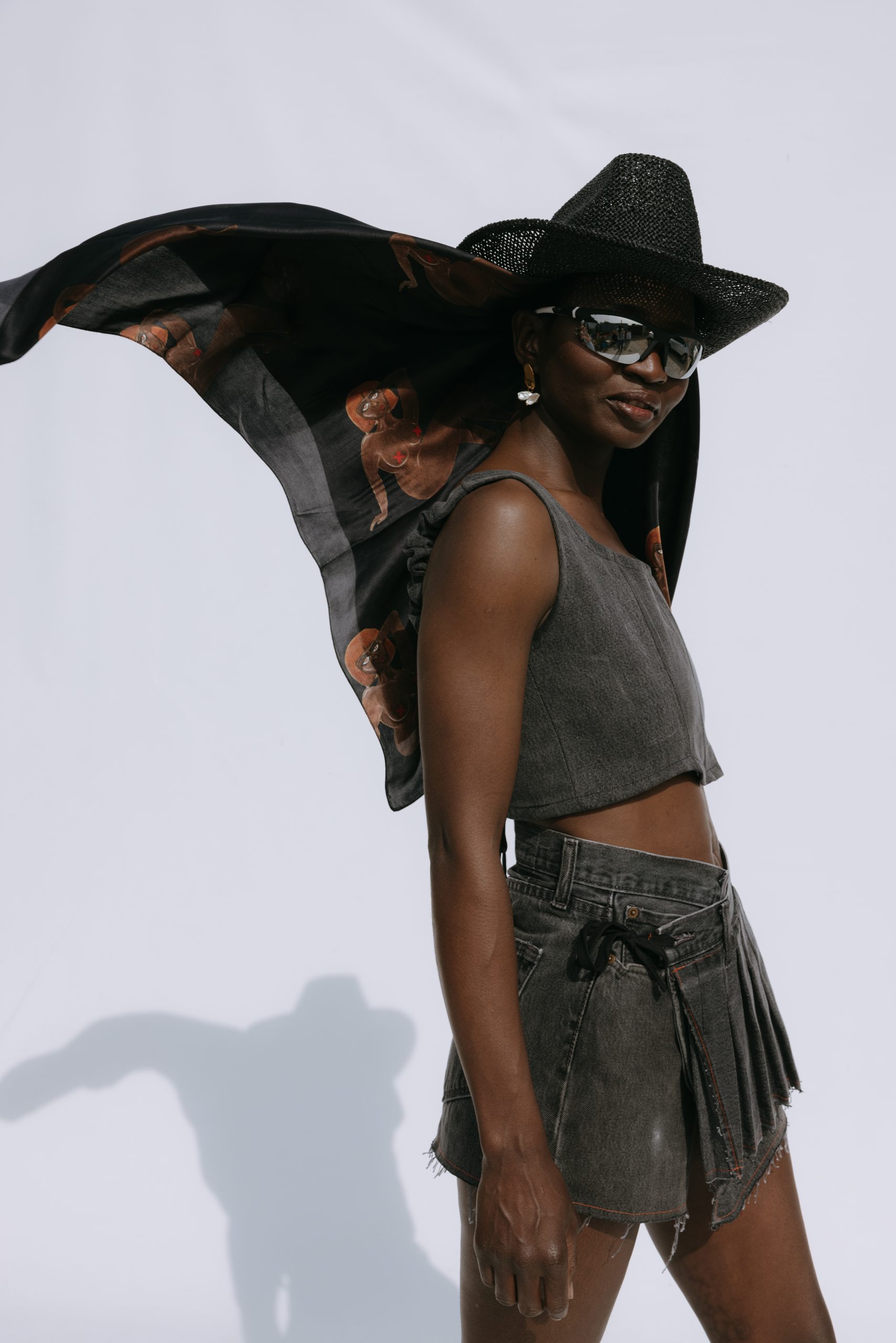
Can you give me insight into the financial aspect of managing a sustainable brand? Is it easier and cheaper to produce upcycled materials or is there an added cost to doing it?
Alexa Schempers: Let’s say we use one pair of jeans to make a skirt and a corset, the material ends up being quite similar. So a pair of jeans or whatever is the base piece that you use to produce the garment is quite similar.
The cost of labour is significantly more because you have to cut, sew and work with each item individually. With the traditional process, they cut from the table and off a pattern and they can stack the material and basically cut pieces at once.
I mean, you’ll sort of see it in the price ranges in the store as upcycled pieces are in a different price category. And the reason why is that we can’t make hundreds of one style, we’re limited in quantity based on our supply.
I think another challenge with owning an upcycling business is finding skilled people who are willing to actually work in this way because it’s so unconventional and challenging. It really takes time to build up a collection based on those techniques.
Obviously, sustainability has become such a bastardised word that it’s almost lost its meaning. And as you’ve mentioned, there can be limitations to sustainability. With that said, where do you see this movement going? Does it have the potential to grow despite its challenges?
Alexa Schempers: I was just at a sustainability conference in Cape Town with some of our country’s biggest retailers and brands such as Woolworths, Nike, Levi’s, Cape Union Mark, etc.
I think for them, it’s more challenging because they have to always work backwards. Once you‘ve gone in one direction, turning back and re-structuring your entire system is difficult. I also think that as a small business, one on hand, it’s kind of easier because you kind of set your business up like that from the beginning but on another hand, it’s difficult because you don’t have access to the resources.
I think there’s so much to be done. There are so many layers and there are hundreds of points throughout the production and supply system that have to improve. And I think, to be honest, it’s quite overwhelming and sustainability in my view is a lot more like a journey than it is a destination. I think everyone needs to be transparent about where they are doing the right things and where they can still improve. We also need to share information share resources and processes and we can move in the right direction a lot faster.
